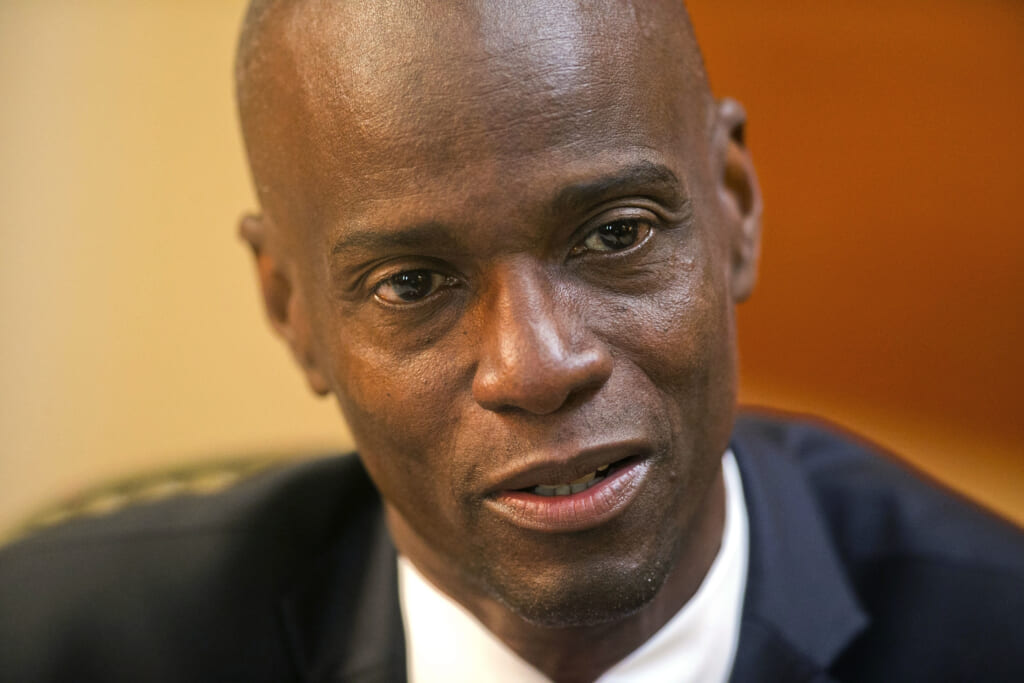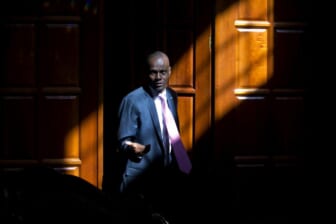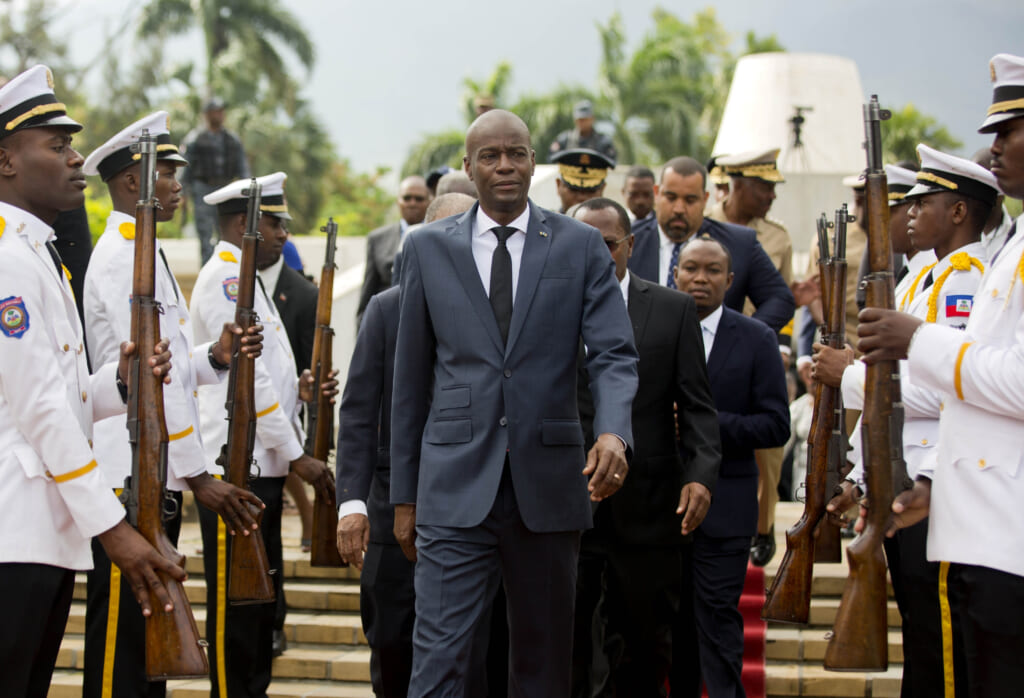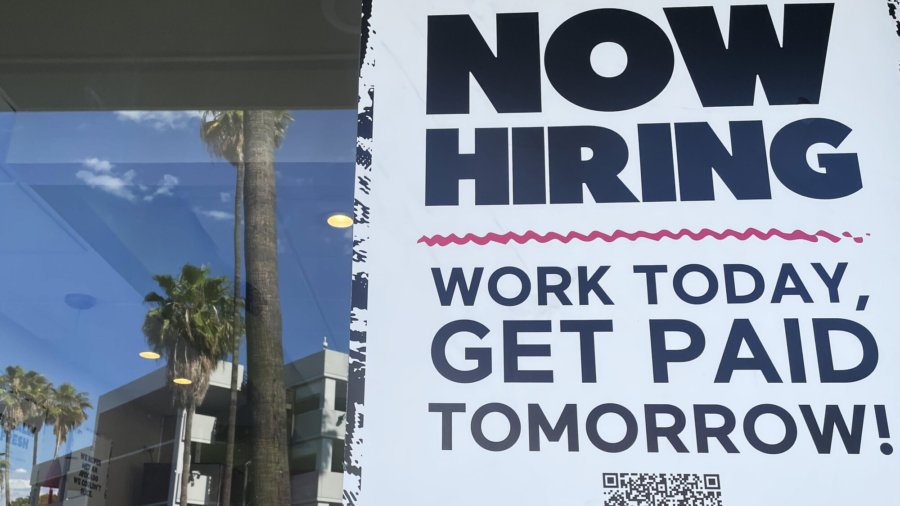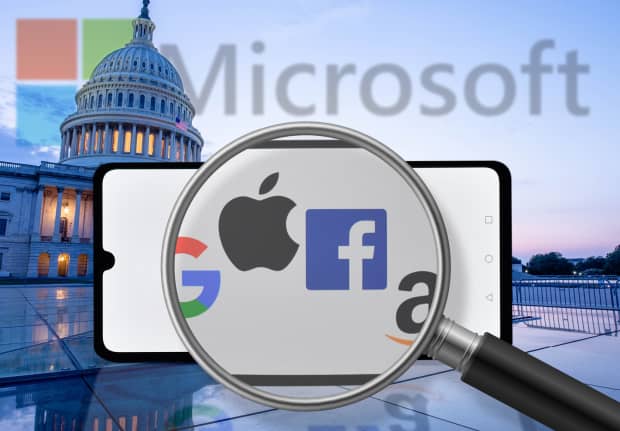The 51,000-year-old carved bone suggests Neanderthals not only made simple tools, but art, too.
BY HANNAH SEO
JULY 06, 2021
POPSCI
SCIENCE
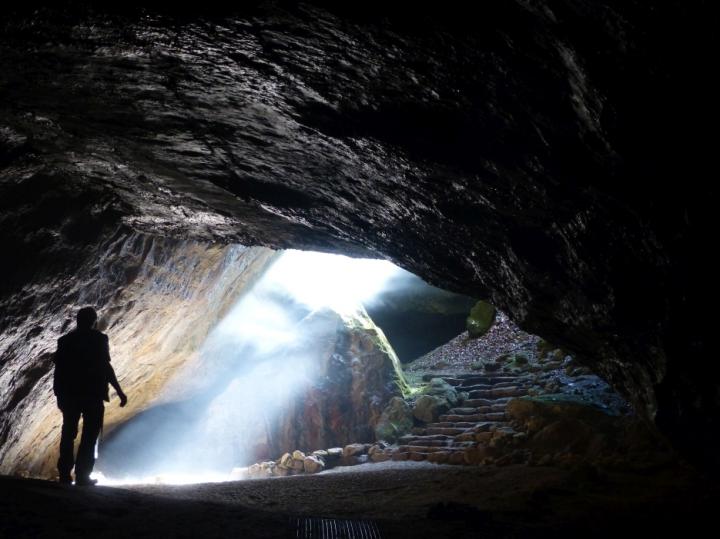
SCIENCE

New Neanderthal bone art was discovered in the Germany's Unicorn Cave. Unicorncave/Wikimedia
Neanderthals are often portrayed as Homo sapiens’s crude, primitive relatives, incapable of sophisticated culture, but new archaeological findings are subverting that narrative. In the latest example of Neanderthal art, archaeologists found a 51,000 year old bone carving in the mountain caves of Germany.

Neanderthals are often portrayed as Homo sapiens’s crude, primitive relatives, incapable of sophisticated culture, but new archaeological findings are subverting that narrative. In the latest example of Neanderthal art, archaeologists found a 51,000 year old bone carving in the mountain caves of Germany.

The carved foot bone of a giant deer, which shows a chevron-like pattern. V. Minkus, © NLD
Archaeologists were excavating materials from the prehistoric entrance to Einhornhöhle, or the “Unicorn Cave,” in the Harz Mountains in Germany when they found the 2.2 inch-long bone. Scientists identified it as a phalanx, or toe bone, of a giant deer, and radiocarbon dating suggested that it is at least 51,000 years old.
But what was most remarkable about this bone was how it had been modified: Etched into its surface were a series of lines creating a chevron-like pattern. The cuts were clean and uniform, and also served no obvious purpose, which led scientists to conclude that they must have been both intentional and symbolic. They published their findings in Nature Ecology & Evolution.
It’s clear that whoever made the bone carving took time and care. Microscopic analysis of the phalanx shows that the lines are etched pretty deeply, which suggests that the bone was boiled before carving to soften the surface. Giant deer were also not very common in the area at the time. All this evidence points to the idea that the phalanx art had some weighty significance, and was thoughtfully planned and executed.
“We were convinced this must be intentional and probably bears symbolic meaning,” Dirk Leder told VICE. Leder is an archaeologist at the Lower Saxony State Office for Heritage and led the research. But the exact meaning or function of that symbolism is a question that’s “difficult to answer,” he added.
[Related: Neanderthal genes are still helping humans today]
While it is most likely that the bony token is indeed a work of Neanderthals, scientists can’t rule out that it might have been done by Homo sapiens. Uncovered symbolic trinkets and small art pieces are artifacts typically attributed to early humans. But the age of the carved phalanx, 51,000 years old, predates the earliest evidence for humans in the area (about 45,000 years ago).
The paper therefore concludes that “an independent Neanderthal authorship for the engraved bone is thus the most plausible scenario.” This puts more weight behind the idea that Neanderthals might have developed symbolic behavior independently from Homo sapiens—a theory that’s been controversial in the field.
But evidence shows that Neanderthals partook in plenty of other activities that were meaningful if not functional—like burying their dead and decorating themselves with bird feathers. Perhaps now we can add bone talismans to the list.
Archaeologists were excavating materials from the prehistoric entrance to Einhornhöhle, or the “Unicorn Cave,” in the Harz Mountains in Germany when they found the 2.2 inch-long bone. Scientists identified it as a phalanx, or toe bone, of a giant deer, and radiocarbon dating suggested that it is at least 51,000 years old.
But what was most remarkable about this bone was how it had been modified: Etched into its surface were a series of lines creating a chevron-like pattern. The cuts were clean and uniform, and also served no obvious purpose, which led scientists to conclude that they must have been both intentional and symbolic. They published their findings in Nature Ecology & Evolution.
It’s clear that whoever made the bone carving took time and care. Microscopic analysis of the phalanx shows that the lines are etched pretty deeply, which suggests that the bone was boiled before carving to soften the surface. Giant deer were also not very common in the area at the time. All this evidence points to the idea that the phalanx art had some weighty significance, and was thoughtfully planned and executed.
“We were convinced this must be intentional and probably bears symbolic meaning,” Dirk Leder told VICE. Leder is an archaeologist at the Lower Saxony State Office for Heritage and led the research. But the exact meaning or function of that symbolism is a question that’s “difficult to answer,” he added.
[Related: Neanderthal genes are still helping humans today]
While it is most likely that the bony token is indeed a work of Neanderthals, scientists can’t rule out that it might have been done by Homo sapiens. Uncovered symbolic trinkets and small art pieces are artifacts typically attributed to early humans. But the age of the carved phalanx, 51,000 years old, predates the earliest evidence for humans in the area (about 45,000 years ago).
The paper therefore concludes that “an independent Neanderthal authorship for the engraved bone is thus the most plausible scenario.” This puts more weight behind the idea that Neanderthals might have developed symbolic behavior independently from Homo sapiens—a theory that’s been controversial in the field.
But evidence shows that Neanderthals partook in plenty of other activities that were meaningful if not functional—like burying their dead and decorating themselves with bird feathers. Perhaps now we can add bone talismans to the list.
